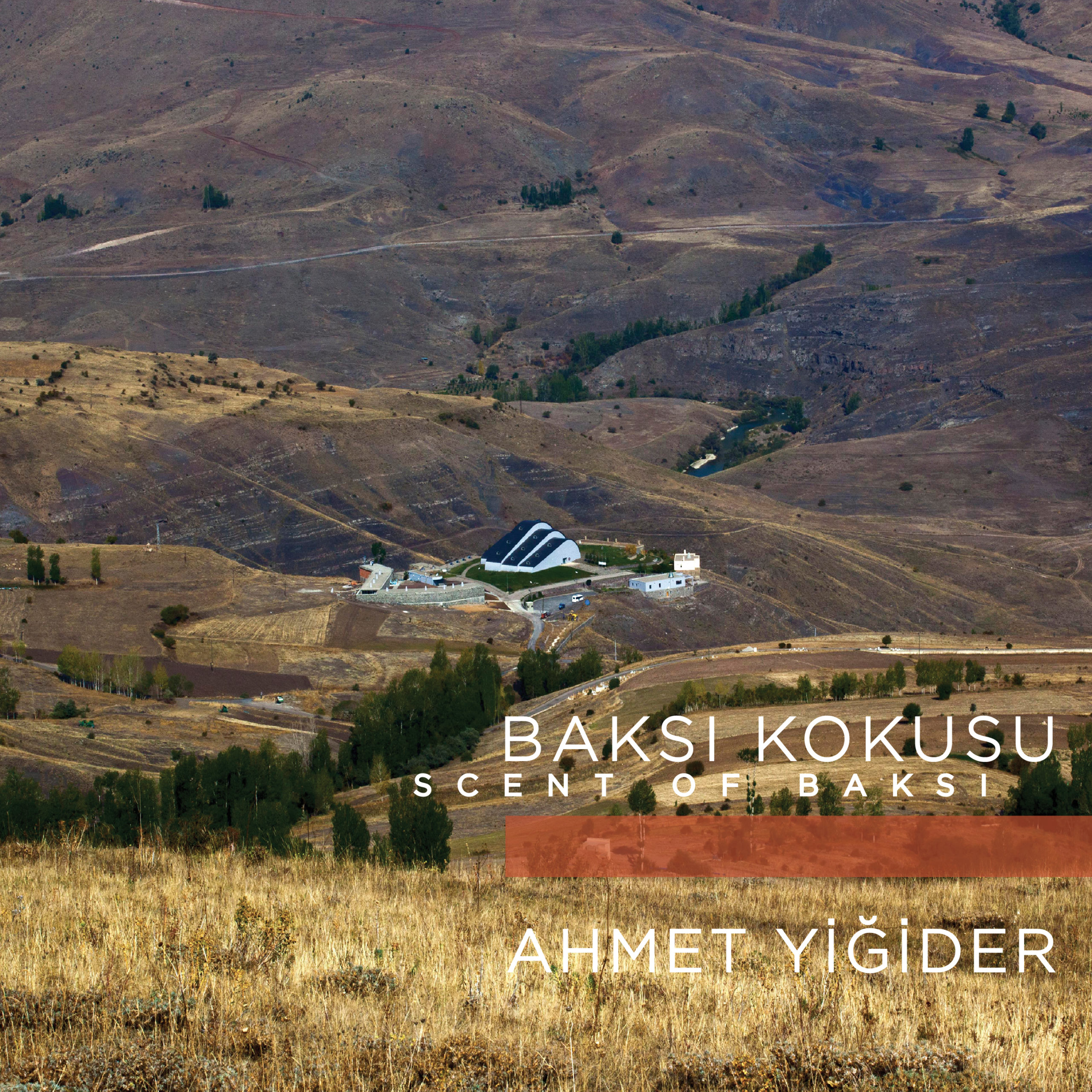Scent of Baksı, 2016-2018
SCENT OF BAKSI project aspires to offer its visitors a unique and multifaceted experience through an installation composed of constellations of individual scents that give rise to harmony, which internalizes the spirit of the land of Baksı, as well as the story of Baksı Museum.
A sensorial installation created by Ahmet Yiğider in which he placed the “scent” in the center of art… Transforming a compelling story devoted to art history, the unique story of Professor Hüsamettin Koçan and the Baksı Museum into a scent-oriented sophisticated experience… One of the authentic techniques of the project is to break the story into fragments using a “fission” approach and to enable the audiences to walk around and feel these fragments of scents. Another distinctive approach is to present a “fusion” that merges these fragments at the last stop and represents The Scent of Baksı in a singular harmony.
The project is built around five main stages, identified as the significant steps within the story of Baksı. Like the winding roads that lead to Baksı, these five concepts give voice to our story, each vested with individual clusters of scents composed for them.

Based on the project’s authentic concept that emphasizes the sense of smell, the primary storytellers are the composed scents and the harmony they generate. But to what degree can we tangibly express this harmony, which we attribute to these scents, or in short, to what degree can it be materially perceived? There are no easy answers, as the question takes us back to the beginning of human history. This endeavor to understand the sense of smell has likely been around since early humans. It had been incorporated into mystical and religious scripts in the archaic Egyptian, Greek, and Roman civilizations, beyond any conventional humanly and sensual definition. Regardless of how it evolved in these three civilizations, they all shared the belief that scents were some abstract forms of communication between this world and heaven and even between mankind and God. For this reason, most of the previously mentioned archaic cultures had considered smoked resin, wood, and attars as parts of religious ceremonies and devotional rituals…
Please see below the printed catalog of the project for details:
ABOUT BAKSI MUSEUM
The Baksı Museum, one of Turkey’s most important art institutions and the winner of the 2014 Annual Council of Europe Museum Award given by the European Parliamentary Assembly, stands near the Black Sea, 45 km from Bayburt, on a hilltop overlooking the Çoruh Valley.
The Baksı Museum brings together a rich contemporary art collection of works by leading artists alongside a collection of folk paintings and original examples of local handicrafts. The purpose of the museum is to create an original center of cultural interaction involving traditional and contemporary arts for the benefit of artists and researchers, to revive a cultural environment shattered by migration, and to contribute toward the sustainability of the cultural memory. www.baksi.org